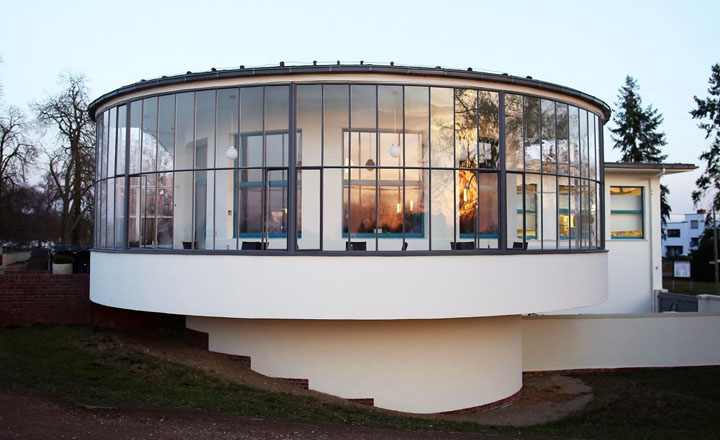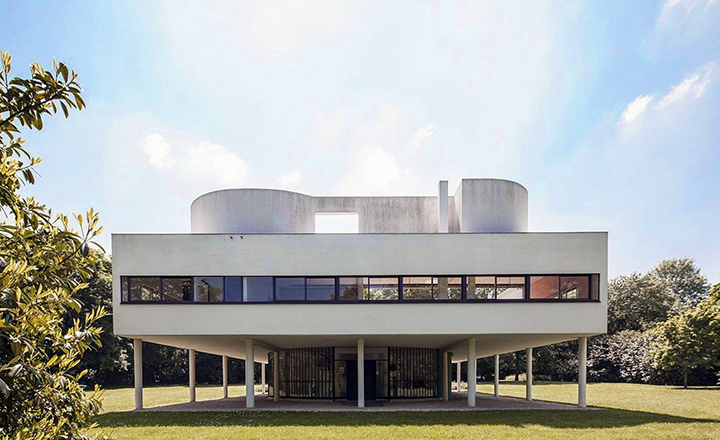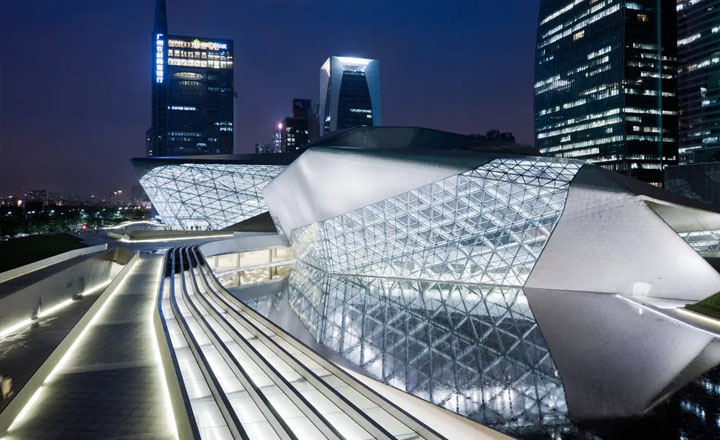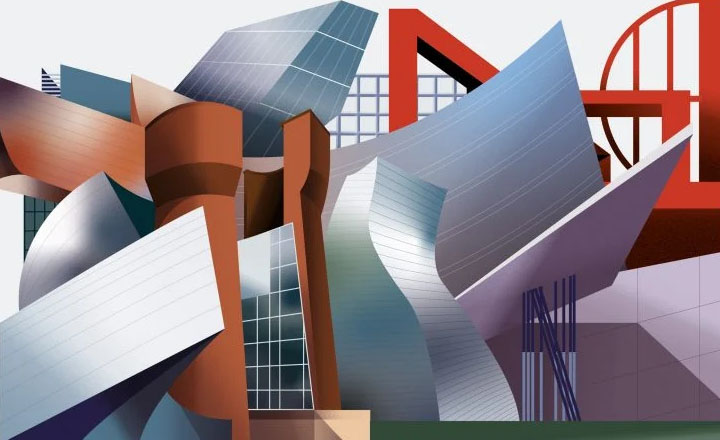When any term confuses or contradicts itself should we all not step back and question the world we inherit? When language becomes so confusing that we begin to question its authenticity, perhaps we should start at the very beginning.
We begin with titans Peter Eisenman and Rem Koolhass, with postmodernism, deconstructivism and the delineation of the box philosophy.
Our gripe is the theory that post-modernism is dead. To challenge this is against the flow and quite possibly catastrophic in terms of how our peers perceive us as a creative partnership. Why go against the great architectural theorists of the 20th and 21st century? Why pick a fight with Bernard, Mark Wigley, Eisenman himself and refute this statement of fact? As with any building, by breaking open the box, inspecting its contents, its shards of fabric, we see so much homage to the past. What the Romans did with concrete was reimagined, reinterpreted by Bauhaus and the modernists of the time. Glass became not just a window to the open world but an invitation, inviting the outside in, or a refraction of the world beyond.

And with just these statements we can present the idea that the rejuvenation of ideas, our ability to learn from experience, our mistakes, and reinvent places modernism, as with any other architectural era within a constant cycle of innovation, acceptance, improvement and change. The past provides the foundation for idea implementation and without the learnings of the past, failure is born. Ideology aside, just spend 10 minutes researching the failures of architecture, L’enfant terrible, form/function, coherence, can we begin to understand our desire for change our need to move on.
Though some refuse to learn, embrace the past when diving feet first into the abyss of tomorrow. Did we somehow loose our humor our irony, our desire to dream? Where was Gaudy when the architects dreamt of the Hotel Dolphin? Did someone wipe decades of learning from their memory? And yet other buildings embrace architectural heritage for instance the Portland Building, providing a gateway to Deco with its bold facade.

Like stairs, eras allow transgression and progression, a moment in time where we move beyond one space and allow us to experience something different. Parametricism, to coin the term currently labeling the current innovative era of today applied algroithmic equations to pre-compose impossible ideas and implement ingenious structures to build impressive forms. If the designers of the Guangzhou Opera House, the Galaxy Soho, BMW Welt or the Beijing National Stadium, blend complexity and inspiration of Gaudi and Otto to bring us a fresh new approach to forms and space, surely within this are inspirational concepts first put forward by Modernism.

What we see is what we interpret, The vast curves of Villa Savoye are replaced by the rippled walls of the Guggenheim in New York.

The vast eye windows of the Guangzhou Opera House replace the facades of Glass implemented throughout post-modernism. Yet would this have been possible without countless learnings?

So surely progression is a form in movement and eras, an opportunity for evolution, where ideas and concepts don’t go to die. Yet great architecture doesn’t die, it stands as a representation of a moment in time, pyramidal in acceptance, juxtaposed against a contradictory landscape of banal and uninterest.
We may have past the heyday of rock and roll but that isn’t dead. Its chords resonate through genres and influence almost everyone in pop today.
And let’s not forget the hierarchy of existence. The ‘great’ architectural leaders of post modernism made mistakes and we learned from them. So to have the initiators of Parametricism. Glaring, blinding facades, focused sunlight burning sidewalks, floods, falling ceiling panels, structural issues. Perhaps the reinvention of architecture by some aims to hide the mistakes, ignore faults in design, in essence wiping the slate clean.
When the time comes for new leaders to ring the death knell for Parametricism, it will be a time for many to rejoice and for us, the many implement these technological advances, as the trickle down, the economizing technology and materials advancements, make design elements more accessible to us, on the ground floor.
So for now let us, mere pond life embrace post modernism and what it can do for the home and office, be inspired by our inspirational leaders who have the opportunity to diverge and create truly wonderful environments which for many are unviable, financially and environmentally. And we wait.
And lastly we must remember that without the DNA of dinosaurs there would be no birds today. And just like evolution, to die is forever lost, and architecture is built today, using the experience of yesterday, for use tomorrow.
Vive la post-moderna.

